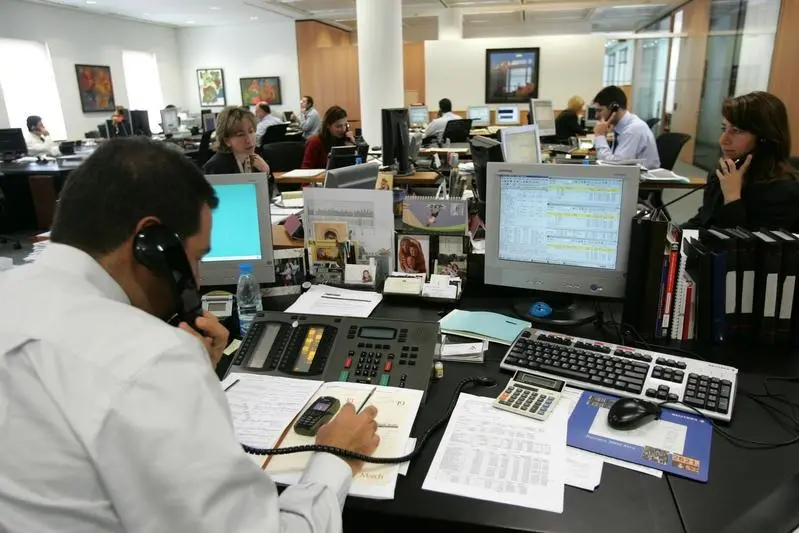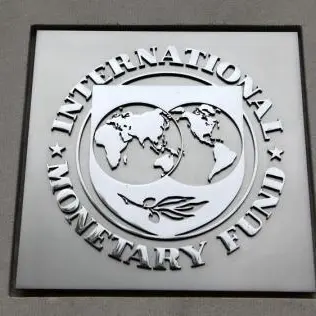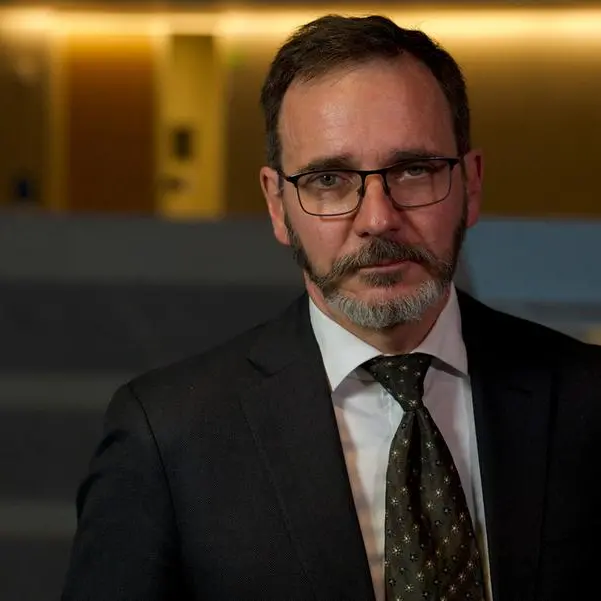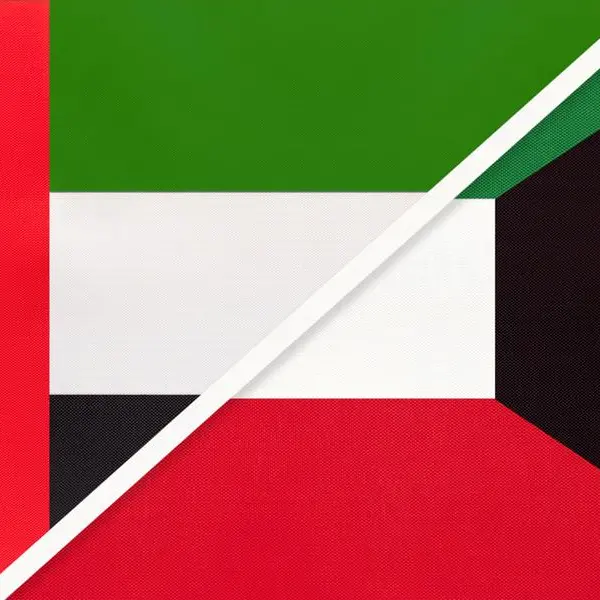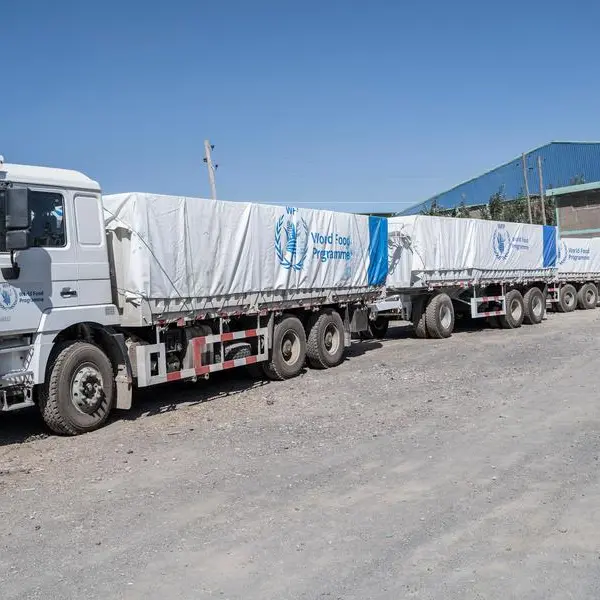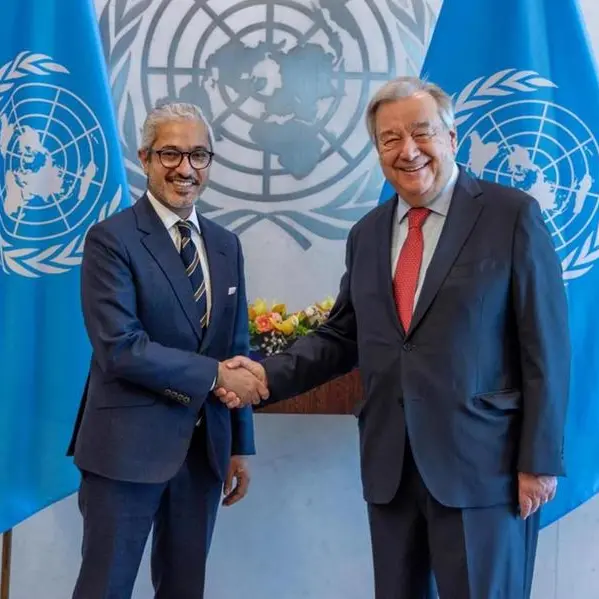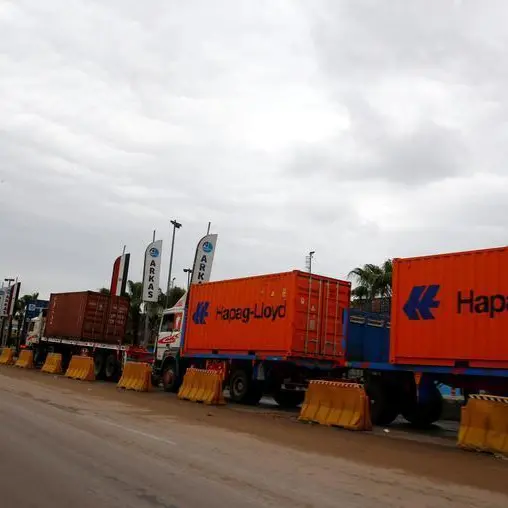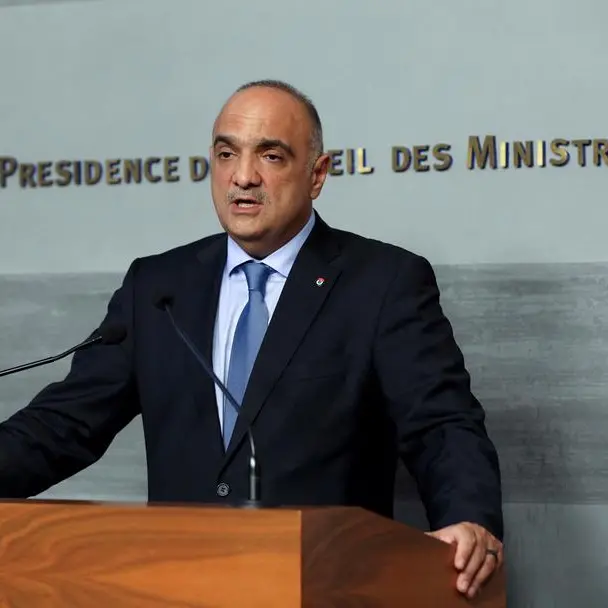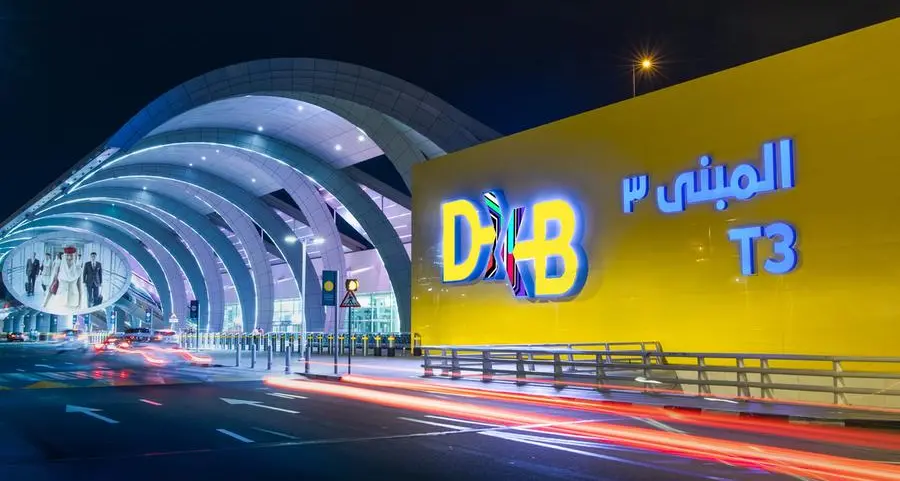PHOTO
If crisis-hit Lebanon wants to finance its deficits, boost foreign currency reserves and avoid further decline in gross official reserves, the country will need external financing at about $24 billion (42 percent of its GDP) over a five-year period (2020-2024), the Institute of International Finance (IIF) has said.
The pledged financing of $11 billion from CEDRE conference is a sizable and welcome figure but that may not be enough.
At this juncture, seeking an IMF program to anchor reforms and secure additional financing seems to be one of the best ways to provide a framework for fiscal consolidation and structural reforms. "We hope that the new cabinet will seek an IMF program to bring in additional financing, arrest economic deterioration, and boost the country’s liquid foreign currency reserves," Garbis Iradian, IIF Chief Economist, MENA noted in a report.
Returning to growth in 2021
As the country grapples with an economic crisis and questions raised on whether Lebanon will turn to the IMF for a bailout, its new finance minister Ghazi Wasni has met IMF Alternative Executive Director Sami Geadah and a World Bank delegation. Wasni later clarified that the meeting was a ‘courtesy visit’ and not bail out talks.
According to the Washington D.C.-based think tank, Lebanon's economy could slowly return to growth starting in the fourth quarter of this year, supported by the implementation of the needed reforms and access to adequate financing from the international community.
"We forecast real GDP growth of 1.5 percent in 2021, driven by a normalization of private consump-tion and a modest rebound of investment from a low base. Full access to CEDRE concessional loans, which would be used to finance the implementation of major projects, could improve infrastructure, raise potential growth, and facilitate stronger domestic demand," the report noted.
Ehsan Khoman, MUFG's Head of MENA Research and Strategy told Zawya: "The government will now need to articulate a credible set of structural reform packages on how they want to consolidate finances. I think that's the next step. Once they announce a credible and coherent number of packages then I think, markets would react to that and then the next step would be for potential donor, IMF announcement."
While the scale of the IMF financing will depend on the financing needs, IIF estimated that the IMF would need to provide exceptional access to Lebanon in the range of $8.5 billion, equivalent to 1000 percent of Lebanon’s quota at the IMF and spread over three years. An IMF-supported program could also catalyse additional financing from multilateral and bilateral sources of about $3 billion in addition to CEDRE concessional loans of $11 billion, the report said.
A potential IMF program, according to IIF, will most likely include debt restructuring that credibly addresses the liquidity crisis of Lebanon.
However, the uncertainty created by an unresolved debt problem would deter new investments, impede the recovery on which program success depends.
"To reduce such a large financing need and their impact on public debt, several measures could be implemented by the authorities, including rolling over and extending the maturity of the domestic currency component of the debt, which accounted for about 62 percent of total debt at end-2019," the report noted.
The maturing bonds could be ex-changed for new longer-dated sovereign bonds, possibly at lower yields in the context of a program with the IMF.
One of the major challenges of Lebanon’s new finance minister is to decide how to deal with maturing Eurobonds with a $1.2 billion bond due in March.
On the probability of a default, Khoman said: “Notwithstanding Lebanon’s credibility of fully meeting its contractual debt obligations, bond investors have all but priced in a sovereign default. The question is scope and timeframe as well as whether foreign investors will be squeezed remains uncertain, with markets remaining on edge before a $1.2bn Eurobond that comes due on 9 March.”
But a bigger problem Khoman sees is the two parallel rates and how it is linked to depegging.
Unifying exchange rates
To avoid an explosive fall in real wages and to limit the rise in inflation due to an increase in the cost of imported inputs, the central bank of Lebanon allowed the emergence of a dual exchange rate. This, together with the capital controls introduced in November, led to a widening parallel market, with the parallel rate being 35 to 40 percent more depreciated than the official rate in recent weeks.
The fixed rate is only applied to certain segments of the market, such as “essential” imports (which include fuel, wheat, and medicine). The more depreciated “parallel rate” is used for “non-basic” imports.
IMF has already said that Lebanon’s effective exchange rate is ‘significantly overvalued’.
MUFG’s Khoman told Zawya that the parallel rate that is forming is 30 to 40 percent away from the spot rate and it’s not in Lebanon’s interest to depeg.
“The Lebanese Pound’s peg to the US Dollar is under significant strain, with the parallel rate trading 30 percent below its official value. Whilst there are benefits for Lebanon to devalue, including the boost to external competitiveness, this would take time to materialise, given the large current account deficit being outweighed by the negative repercussions that a de-peg could bring.”
"The parallel exchange rate could continue appreciating to less than LL2000 per dollar if the new cabinet of experts starts implementing the necessary reforms, if the current violent protests end, and if the $11 billion in concessional loans pledged by the international community start to be disbursed soon," Iradian commented.
(Writing by Seban Scaria seban.scaria@refinitiv.com Editing by Anoop Menon)
Disclaimer: This article is provided for informational purposes only. The content does not provide tax, legal or investment advice or opinion regarding the suitability, value or profitability of any particular security, portfolio or investment strategy. Read our full disclaimer policy here.
© ZAWYA 2020
